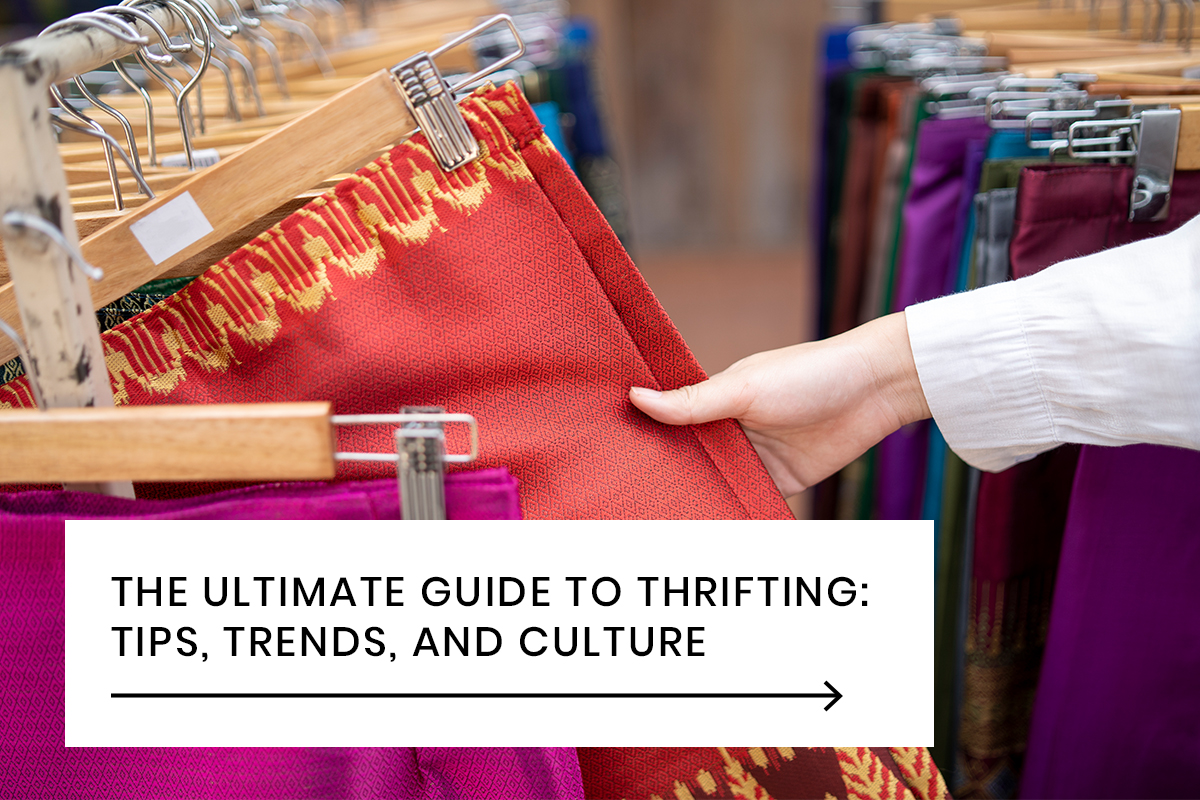In the vibrant tapestry of human civilization, fashion stands as a thread that stitches together the fabric of our cultural heritage. It\’s not merely about clothing; it’s a narrative, a reflection of society, technology, and individual expression woven into every seam and stitch. For student designers embarking on their creative journey, understanding the rich tapestry of fashion history is akin to learning the language in which their designs will speak. Join me as we unravel the threads of time and explore the captivating history of fashion, a journey that promises to inspire and enlighten.
Ancient Beginnings:
Our journey begins in the cradle of civilization, where ancient cultures like Mesopotamia, Egypt, and China laid the groundwork for sartorial expression. In Mesopotamia, the birthplace of weaving, garments were not only utilitarian but also symbolic, reflecting societal roles and status. Egypt, with its mastery of linen production, adorned its citizens with intricate garments, while China boasted exquisite silk creations reserved for the elite.
Medieval Elegance:
The medieval era ushered in an age of opulence and extravagance, where clothing became a canvas for expressing power and prestige. The sumptuary laws of Europe dictated who could wear what, reinforcing social hierarchies through attire. Knights donned suits of armor as much for protection as for display, while the Renaissance brought forth an explosion of creativity with elaborate gowns and doublets adorned with exquisite embroidery.
Revolutionary Change:
The dawn of the modern era witnessed seismic shifts in fashion as revolutions reshaped societies and ideologies. The French Revolution stripped away the ostentatious trappings of the aristocracy, giving rise to the simplicity of neoclassical styles. Meanwhile, the Industrial Revolution mechanized production, democratizing fashion and allowing for mass consumption of ready-to-wear garments.
The Golden Age of Couture:
The 20th century heralded the rise of haute couture, epitomized by luminaries like Coco Chanel, Christian Dior, and Yves Saint Laurent. Chanel liberated women from the constraints of corsets with her iconic little black dress, while Dior\’s New Look redefined femininity with its cinched waists and full skirts. Each designer left an indelible mark on fashion, shaping the way we dress and perceive beauty.
Rebellion and Subversion:
As the 20th century unfolded, fashion became a battleground for rebellion and subversion, challenging societal norms and conventions. The countercultural movements of the 1960s rejected the prim and proper aesthetic of the past in favor of bold statements and anti-establishment sentiments. Designers like Vivienne Westwood and Alexander McQueen pushed the boundaries of fashion, infusing their creations with political commentary and provocative imagery.
Globalization and Diversity:
In the 21st century, fashion has become truly global, transcending borders and embracing diversity in all its forms. The rise of fast fashion has democratized style, making trends accessible to the masses at an unprecedented pace. Simultaneously, there has been a growing awareness of sustainability and ethical practices, as designers and consumers alike seek to minimize the industry\’s environmental footprint.
The Future of Fashion:
As we stand on the precipice of a new era, the future of fashion holds both challenges and opportunities. Technology, from 3D printing to augmented reality, promises to revolutionize the way we design, produce, and consume clothing. Yet, amidst the whirlwind of innovation, the timeless allure of craftsmanship and storytelling remains as relevant as ever.
Conclusion:
In the ever-evolving tapestry of fashion, each thread represents a chapter in our shared history, a testament to the ingenuity and creativity of the human spirit. For student designers, exploring this rich tapestry offers not only inspiration but also a profound understanding of the art form they seek to master. So, let us continue to unravel the threads of time, weaving our own stories into the fabric of fashion history. After all, in the world of design, the past is not merely prologue; it is a source of endless possibility and discovery.





